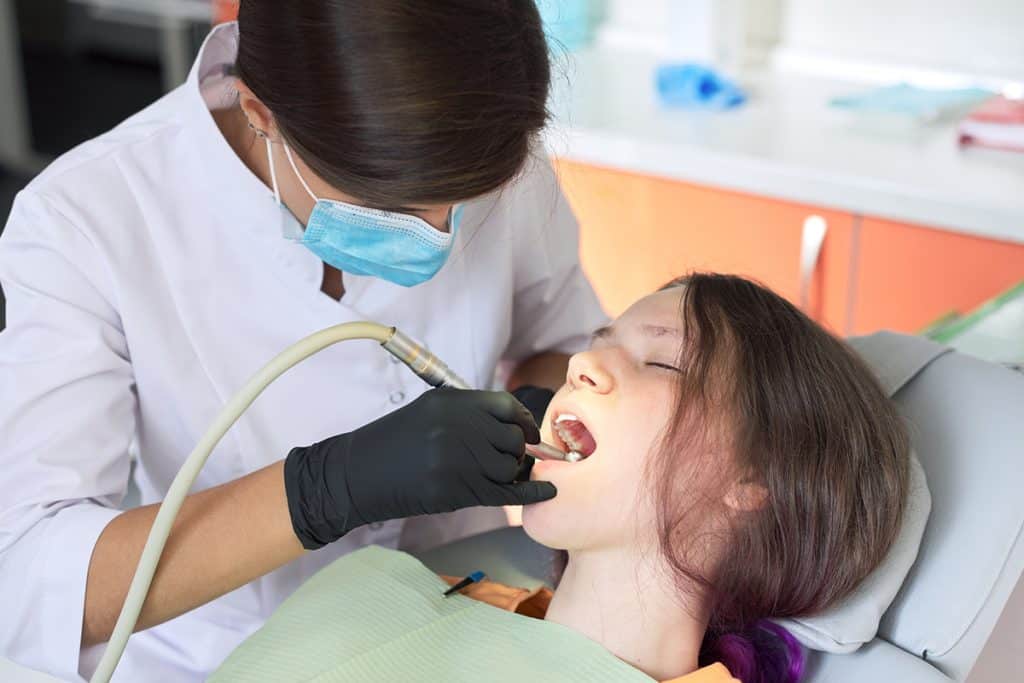Forest Lake Endodontics Offers Anesthesia Care

Anesthesia is used to make dental and endodontic procedures more comfortable for patients. Also referred to as sedation dentistry, the use of anesthesia for dental care is a common practice. There are different types of anesthesia that are used for different purposes, and each has its own unique effect.
To ensure the safety and comfort of our patients, we have partnered with Mill City Anesthesia, a team of Certified Registered Nurse Anesthetists (CRNAs) that can administer IV conscious anesthesia while carefully monitoring patients. Highly qualified, experienced CRNAs will accompany patients throughout endodontic procedures from start to finish.
Types of Anesthesia We Offer
We provide the following types of anesthesia for endodontic procedures:
- Local anesthesia. Local anesthesia is administered directly at the site of the procedure to numb the nerves and prevent patients from feeling any pain. It typically takes a few minutes to take effect and will wear off about an hour or two after the procedure.
- Nitrous oxide. Nitrous oxide is administered through a mask worn over the nose. It provides a calm feeling that can help patients relax during dental procedures. It takes effect in just seconds and wears off just as quickly.
- Oral sedation. An oral sedative is a pill or liquid that is taken before a procedure to help patients feel relaxed and calm, reducing anxiety. It may take up to an hour to take effect and a few hours to wear off. A driver is required to drive the patient home.
- IV sedation. IV sedation is administered intravenously and offers varying levels of sedation depending on the type of medication and dosage. This is where CRNAs are particularly beneficial, as they administer IV sedation and monitor the patient before, during, and after the procedure - while the endodontist renders clinical care.
Is Anesthesia Safe?
It is common to have concerns about anesthesia, but medical advancements have made it safer than ever before. The Institute of Medicine, the American Association of Nurse Anesthetists, and the American Society of Anesthesiologists, all agree that over the last 30 years anesthesia care has seen significant improvements, making it 50 times safer than it used to be. Dental IV sedation maintains consciousness, making it even safer than general anesthesia.
To ensure safety, each patient will meet with a CRNA in advance to establish a thorough medical history, go over current medications, and answer any questions you may have about your upcoming procedure.
What is a CRNA?
CRNA stands for Certified Registered Nurse Anesthetist. CRNAs specialize in anesthesiology and pain management. They are highly qualified specialists that complete the following education and training requirements:
- Master’s degree in nurse anesthesia and successful completion of the National Board Exam for Nurse Anesthetists
- 10,000+ hours of pediatric CRNA practice at the Children’s Hospital in Minneapolis
- Certified in Basic Life Support, Advanced Cardiac Life Support, and Pediatric Advanced Life Support
The doctors and dental team at Forest Lake Endodontics work closely with our CRNAs from Mill City Anesthesia to provide an advanced level of comfort and care that improves the patient experience.
How Are Patients Monitored While Under Anesthesia?
We monitor the following vitals throughout the procedure:
- Heart rate and rhythm
- Pulse oximetry
- End-tidal capnography
- Blood pressure
For children we use a Bluetooth precordial stethoscope in order to keep constant audio of the heart rhythm that we can hear from anywhere in the room. Patients are never left alone or unmonitored for even a fraction of a second. We are trained and ready to intervene if there is any need for emergency action.
What Follow Up Care Is Needed?
After the procedure patients will be given time to recover as the anesthesia wears off and you begin to feel normal. Most patients are ready to go home about 30 minutes after the procedure. Follow up instructions will be given to parents or caregivers for you to refer to once you are home. Your CRNA will typically call later in the day to check in and see how the patient is feeling and recovering. It is best to take it easy for the rest of the day following IV sedation. The patient will likely feel sleepy and napping off and on for the remainder of the day is common. Any discomfort can typically be managed with over the counter pain medication, but a prescription may be offered in certain cases.
Why Choose Forest Lake Endodontics?
The purpose of endodontics is to treat teeth from the inside out. Endodontic procedures can often save teeth that would otherwise need to be extracted. Forest Lake Endodontics provides a wide range of endodontic procedures with varying levels of invasiveness. Our partnership with Mill City Anesthesia allows us to offer safe and effective sedation that will help you feel relaxed and comfortable throughout your treatment.
To learn more, call 651-464-9888 or contact us today to schedule an appointment.

